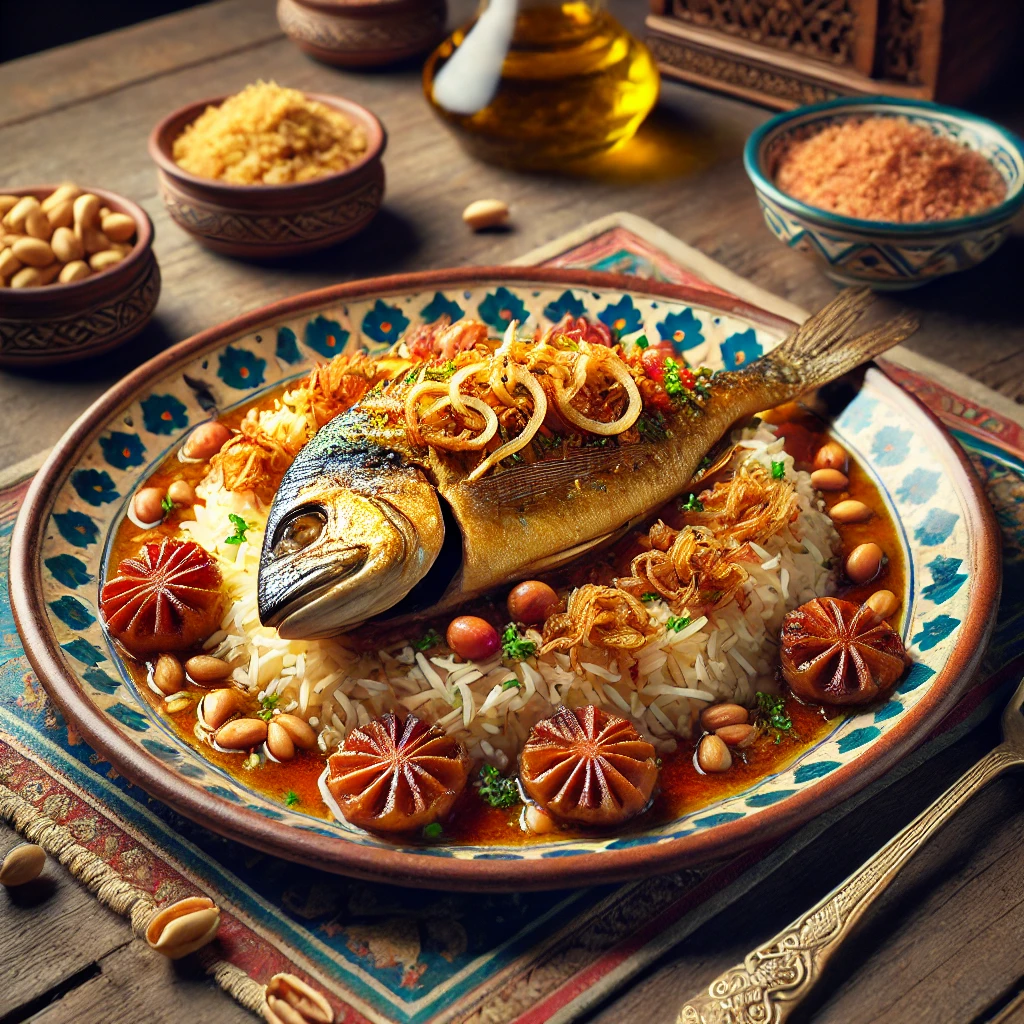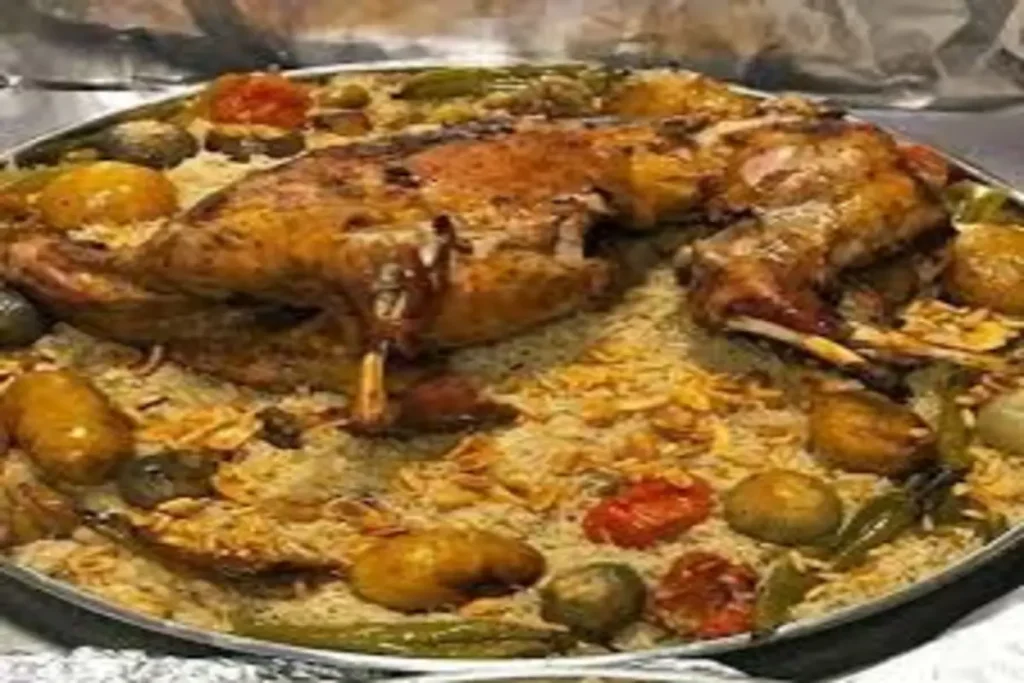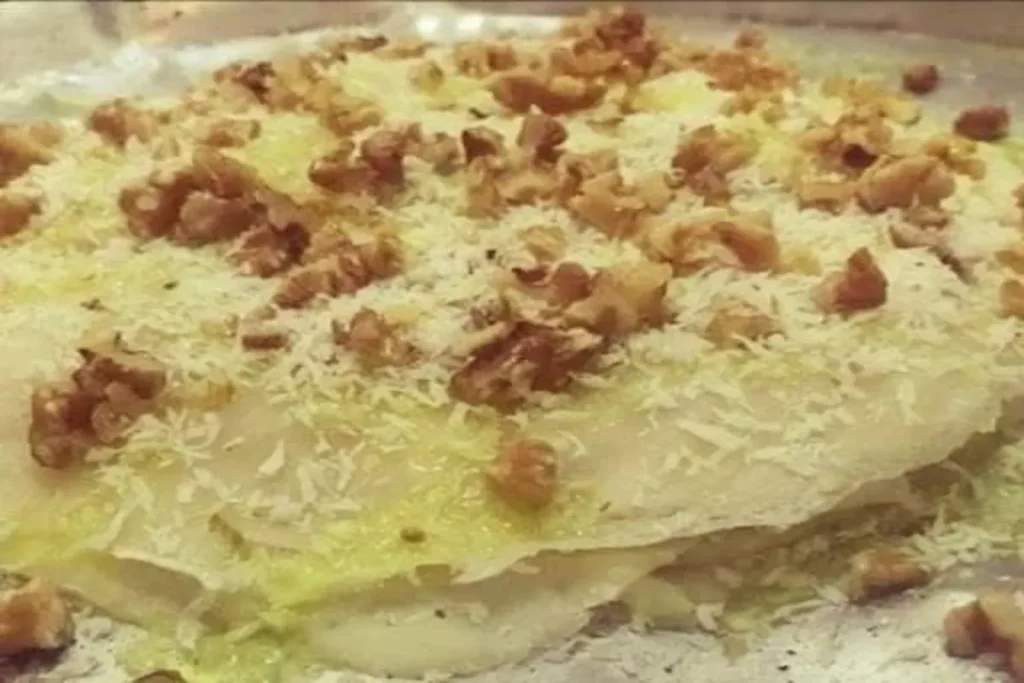The lowest nature reserve on earth !
Aqaba Food
Aqaba, Jordan’s vibrant coastal city on the Red Sea, is not only a gateway to stunning beaches and ancient ruins but also a haven for food lovers. The city’s culinary scene is a delightful blend of traditional Jordanian flavors, Middle Eastern influences, and fresh seafood, making it a must-visit destination for those seeking to indulge in authentic, flavorful dishes. From rich mezze platters to perfectly grilled seafood, Aqaba’s food culture is deeply rooted in the country’s history and geography. Whether you’re enjoying a traditional Jordanian feast at a local eatery, savoring street food by the sea, or dining at upscale waterfront restaurants, Aqaba offers a diverse range of dining experiences that reflect both its heritage and its cosmopolitan atmosphere. For food enthusiasts, the city’s unique culinary offerings provide a chance to experience the best of Jordanian cuisine while enjoying the beautiful, sun-drenched surroundings of this historic port city.
Sayadiyah: A Flavorful Symbol of Aqaba’s Culinary Heritage
Sayadiyah is a beloved traditional dish in Aqaba, reflecting the city’s deep connection to the Red Sea and its rich maritime history. This aromatic fish and rice dish showcases the bounty of the sea and the culinary expertise passed down through generations. The preparation begins with fresh, local fish, typically seasoned with a blend of spices, garlic, onions, and tomatoes. The fish is cooked to perfection, and the savory broth is infused with all these flavors. The rice is then cooked in the same broth, absorbing the fish’s essence, creating a fragrant and flavorful base. Often, fried onions and toasted nuts are sprinkled on top for extra texture and taste.
The dish holds significant cultural value in Aqaba, as it not only highlights the region’s reliance on the Red Sea for sustenance but also symbolizes the community’s pride in their traditional recipes. Sayadiyah is frequently served on special occasions or family gatherings, embodying both hospitality and heritage. Its rich flavors and the way it brings people together make it a true reflection of Aqaba’s identity—a place where the sea and the land meet to create unforgettable culinary experiences.


Aqaba Zarb is a traditional Bedouin dish that’s deeply rooted in the culinary heritage of the Aqaba region. It’s a unique cooking method where meat, typically lamb or chicken, is slow-cooked in an underground oven. This oven, a pit dug into the sandy ground, is lined with hot coals and stones. The meat, seasoned with a blend of aromatic spices, is placed on multiple tiers within the pit, allowing it to cook in its own juices and the smoky heat. Vegetables like potatoes, carrots, and onions are often added to the layers, absorbing the rich flavors of the meat. The pit is then covered, sealing in the heat and allowing the zarb to cook slowly and evenly until the meat is tender and the vegetables are soft. This method of cooking imparts a distinctive smoky flavor to the food, a flavor that is synonymous with Bedouin hospitality and tradition. The experience of eating zarb is as much about the process as it is about the taste. It’s a communal meal, often shared around a fire under the vast desert sky, creating a memorable and authentic cultural experience. The simplicity of the ingredients and the natural cooking method highlight the resourcefulness and ingenuity of the Bedouin people, who have mastered the art of cooking in the challenging desert environment.
Mansaf is the national dish of Jordan, a culinary centerpiece deeply embedded in the country’s cultural fabric, and Aqaba is no exception. This traditional dish features lamb cooked in a distinctive, tangy sauce made from jameed, a hard, dried yogurt produced from sheep’s milk. The lamb, tender and flavorful, is served atop a bed of rice, often Egyptian or Basmati, and thin, unleavened bread called shrak. Spices such as turmeric, cardamom, and cinnamon contribute to the dish’s aromatic profile. The presentation of mansaf is an art form itself, with the rice forming a base, the lamb arranged on top, and the dish often garnished with roasted nuts like almonds and pine nuts.
The preparation of mansaf is a labor of love, requiring time and attention to detail. The jameed, with its unique fermentation process, is the star ingredient, imparting a characteristic sour and savory flavor that distinguishes mansaf from other rice and meat dishes. Cooking the lamb until it’s melt-in-your-mouth tender is also crucial. Mansaf is more than just a meal; it’s a symbol of Jordanian hospitality and generosity. It’s traditionally served at significant events such as weddings, celebrations, and gatherings with family and friends. Offering mansaf to a guest is considered a high honor, reflecting the warmth and welcoming spirit of Jordanian culture. In Aqaba, as in the rest of Jordan, mansaf holds a special place, representing tradition, community, and the rich culinary heritage of the region.

Al-Huhooh is a traditional sweet treat native to Aqaba, Jordan, deeply rooted in the city’s culinary heritage. This dessert is made from thin layers of dough, similar to crepes, that are cooked on a hot griddle. The dough is prepared from a simple mixture of flour, water, and sometimes a hint of salt. Once cooked, these layers are typically drizzled with honey or sugar syrup and often sprinkled with nuts like pistachios or almonds. Al-Huhooh is a popular dessert, especially during Ramadan, and is often served as a sweet treat after Iftar. This dessert reflects the simplicity and resourcefulness of the local cuisine, using basic ingredients to create a delicious and satisfying sweet. It’s a testament to the rich culinary traditions of Aqaba and a must-try for anyone visiting the city.
